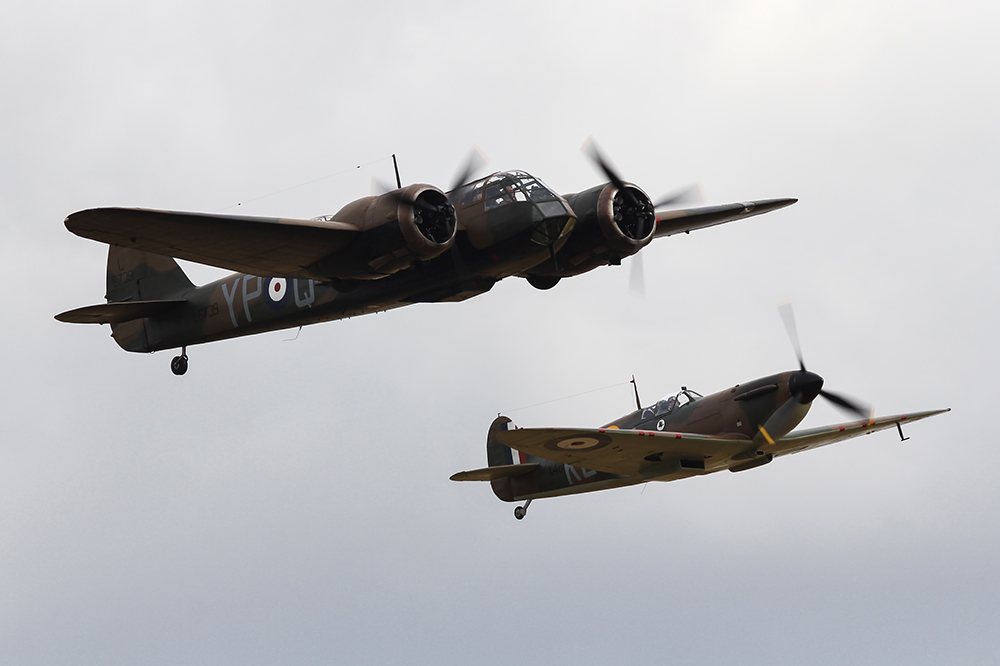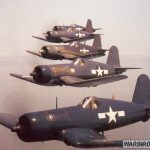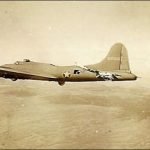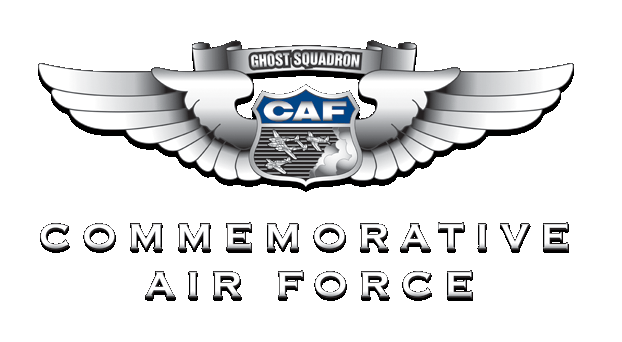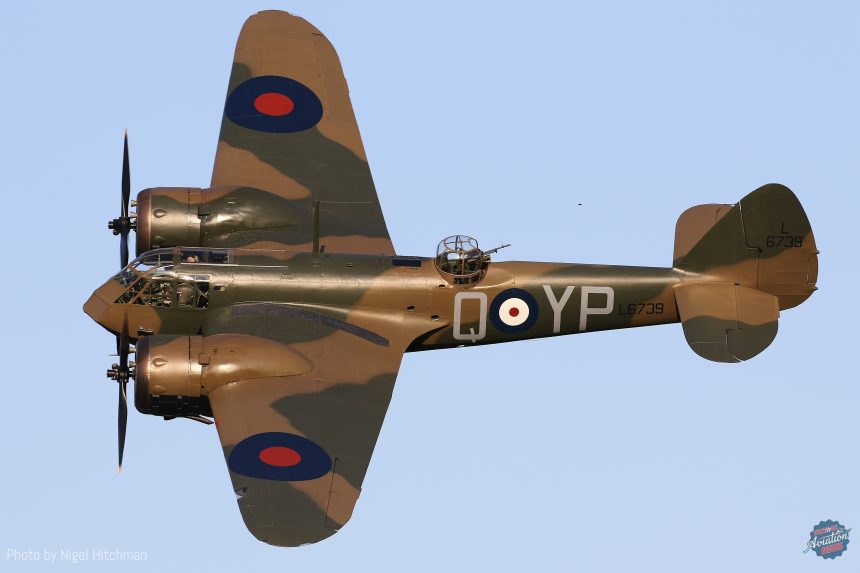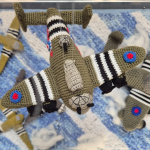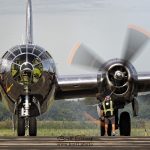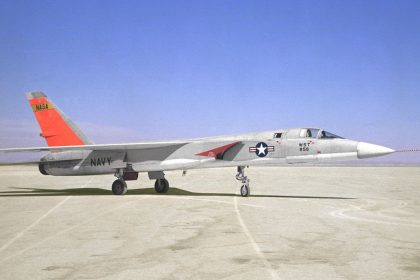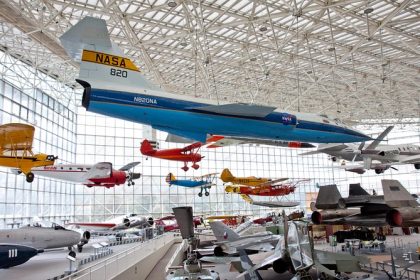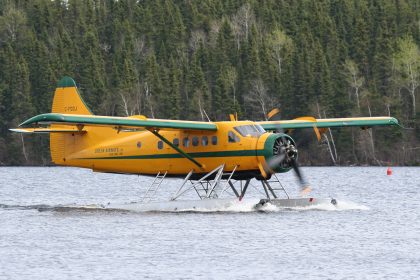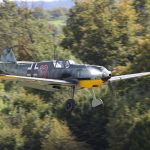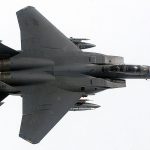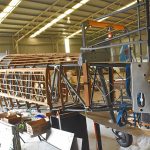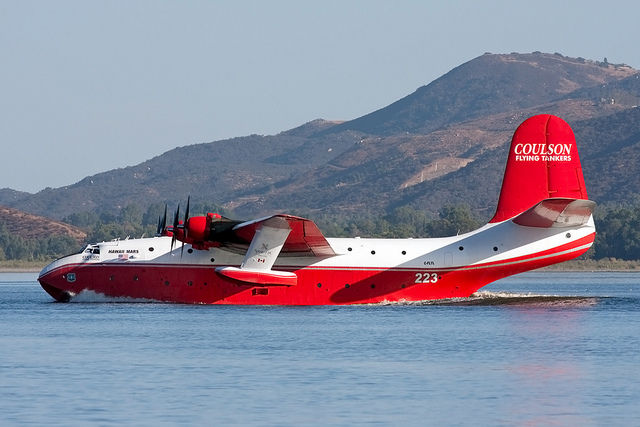On this day in aviation history—April 12, 1935—we mark the 90th anniversary of the first flight of the Bristol Blenheim. Designed as a light bomber by the British-based Bristol Aeroplane Company, the Blenheim saw significant use in the early years of World War II and continued to serve in various roles as the conflict progressed.
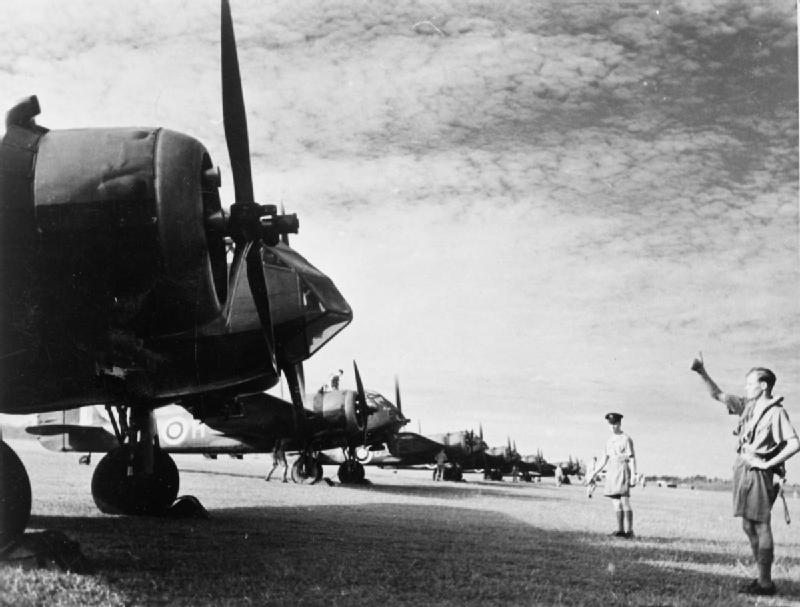
Nicknamed the “Bisley,” the aircraft began its life as a civilian airliner—the sleek and innovative Bristol Type 142. This design was originally created in response to a challenge from newspaper magnate Lord Rothermere, who sought the fastest commercial airliner in the world. Impressed by its performance, the British Air Ministry ordered a military version, the Type 142M, which would eventually be redesignated as the Blenheim Mk I.
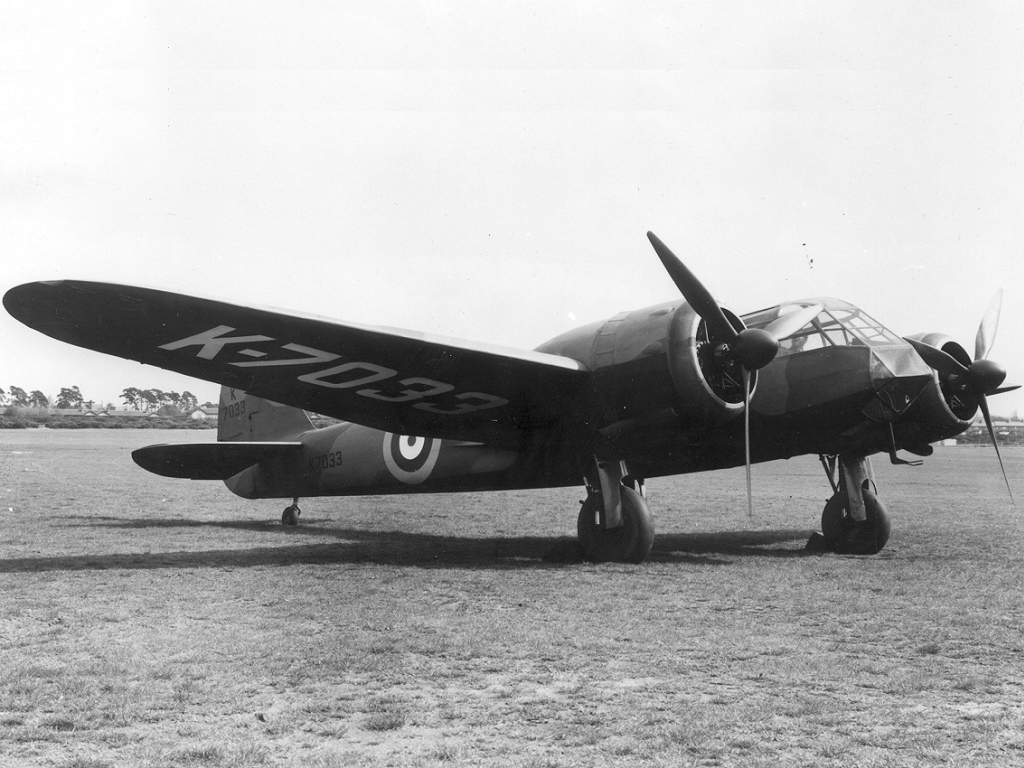
The Blenheim played a vital role on the front lines during the first two years of World War II, particularly from 1939 to 1940. It served in the Battle of France and the Mediterranean Theatre, conducting light bombing missions against German and Italian targets. It was also utilized in reconnaissance operations. However, as the war progressed, the Blenheim was soon outclassed by faster, more heavily armed aircraft such as the Bristol Beaufighter and the Canadian-built Bolingbroke. From that point on, the Blenheim was primarily used for training bomber crews in both the UK and Canada.
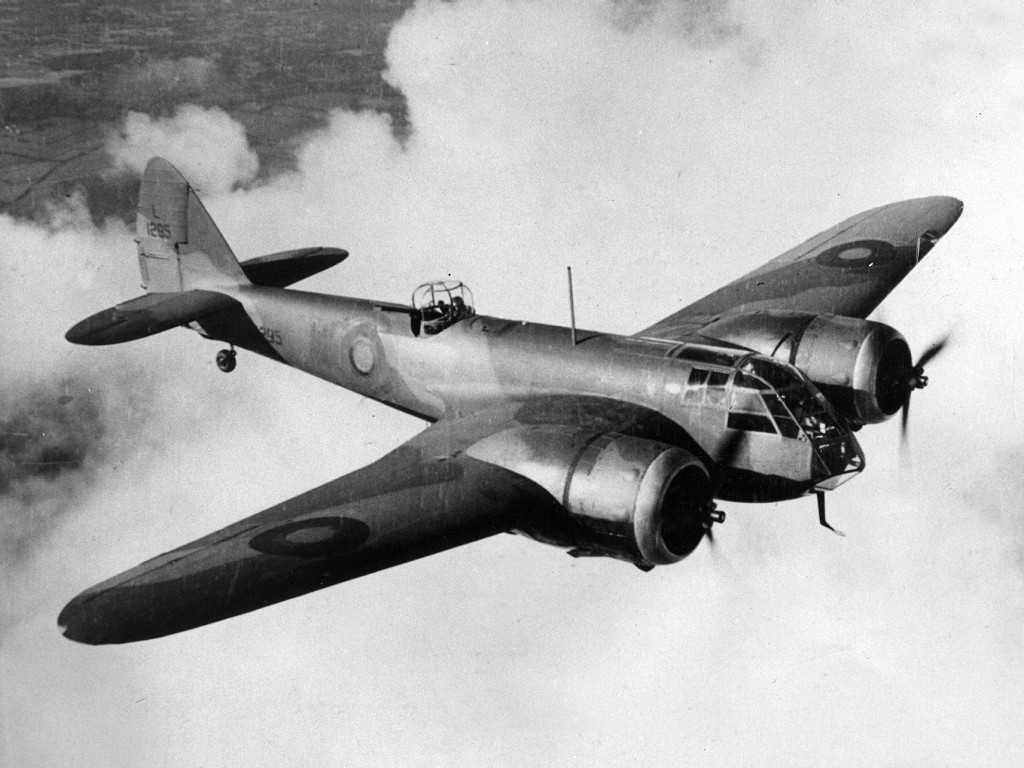
Powered by two Bristol Mercury XV 9-cylinder radial engines—each producing 920 horsepower—the Blenheim had a maximum speed of 266 mph and a cruising speed of around 198 mph. Its armament included between four and six .303-inch Browning machine guns mounted in the wings, nose, and dorsal turret. It could also carry up to 1,000 pounds of bombs.

A total of 4,422 Bristol Blenheims were produced during the war. Today, only a handful remain, and all but one are preserved as static displays in museums. The last airworthy example, a Canadian-built Bolingbroke IVT (serial number 10201, RCAF / G-BPIV), is based at Duxford in the UK. This aircraft still takes to the skies on special occasions and notably appeared in the 2017 film Dunkirk.
